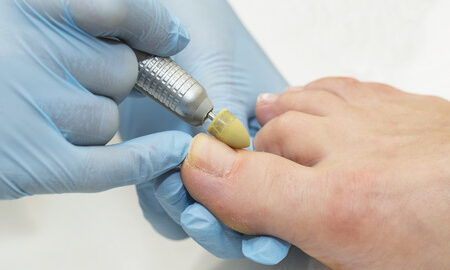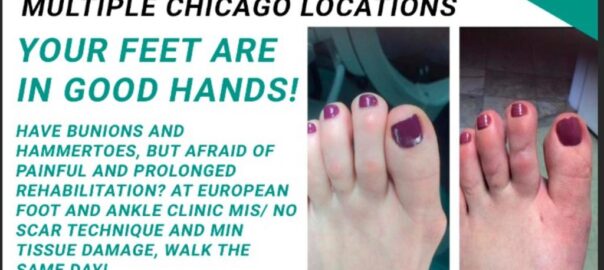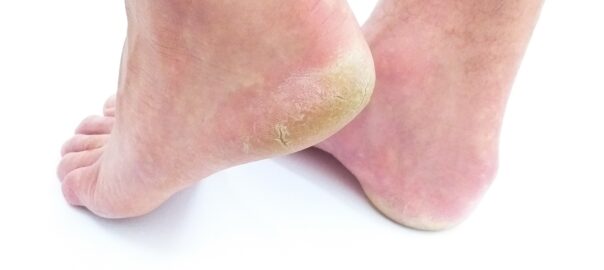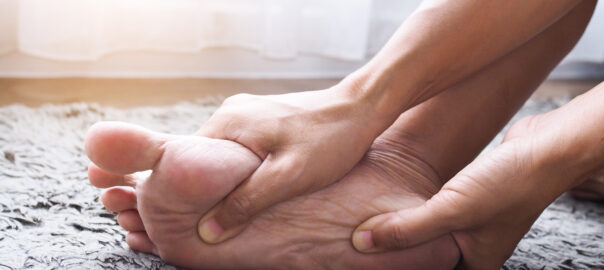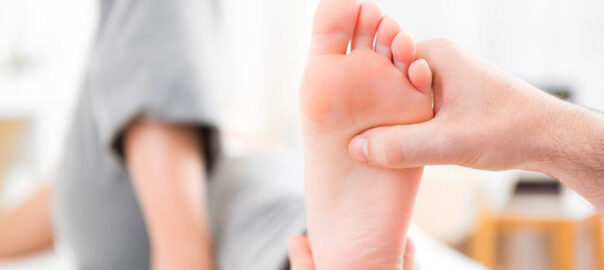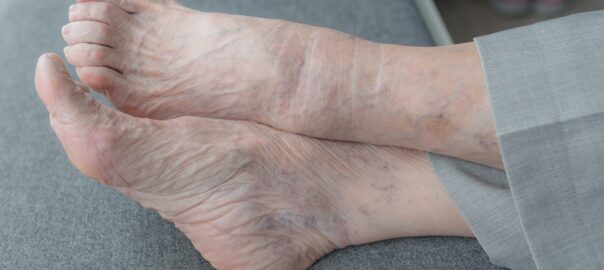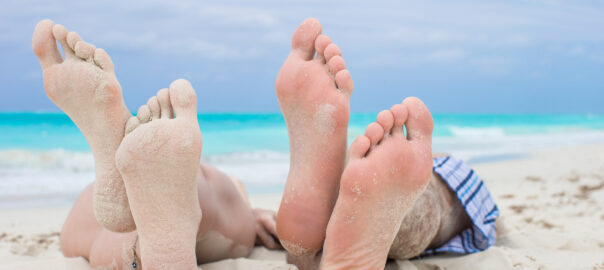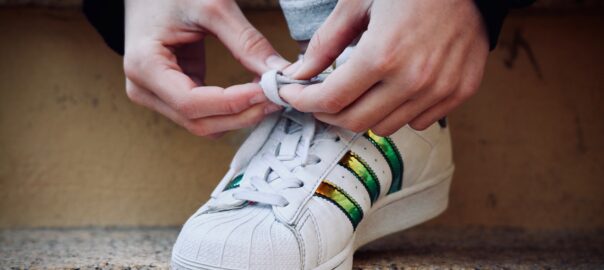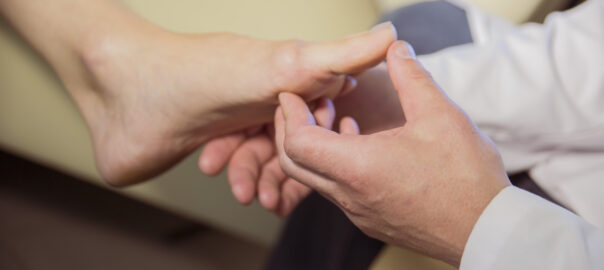Senior Foot Care
Aging feet need extra care. Aging takes a toll on the feet. But with a long caregiving To Do list, out-of-sight tasks like foot care can be easily forgotten.
Over time, feet flatten and become wider. The fatty padding naturally wears down. That leaves the bones and joints of the feet more exposed to wear and tear.
Many seniors require regular pedicures or trips to the podiatrist to properly care for their feet, but a few simple at-home steps can help keep their feet well maintained between appointments.
Keep Feet Clean
Depending on whether your older adult bathes on their own or needs help, their feet may only get washed once in a while during the week.
Since good foot hygiene is critical to preventing fungal, viral, and bacterial infections, routine foot cleaning may need to happen outside of the bath or shower.
Making a regular habit of simple foot wipedowns with warm water, soap, and a washcloth will do the trick. And if done at night, it can even promote relaxation prior to sleep.
Pamper Your Skin
As we age, the skin on our feet becomes thinner and drier. After a shower or bath, treat your feet to a massage with your favorite lotion or cream. Avoid leaving lotion between your toes as this can promote the growth of fungal infections.
For rough patches, try an exfoliating foot scrub. You can also apply a thick lubricating cream at bedtime, then sleep with cotton socks on your feet. If you wear sandals, remember to use sunscreen on the tops of your feet.
Take Good Care of Your Nails
Keep toenails trimmed so the edges are even with the tips of the toes. Nails become drier and more brittle as we age, so they’re usually easier to trim after softening in a foot soak. Trim straight across to help prevent ingrown toenails.
Wear the Correct Shoes
Years of fashionable high heels and pointy-toed shoes eventually catch up with us. The result can be corns, bunions, curled toes or other painful problems. Now is the time to look for shoes that provide comfort and good support.
As we get older, our feet become wider and a bit longer, so double-check your size before buying new shoes. It’s also a good idea to shop for shoes in the evening as our feet tend to swell a bit as the day goes on.
Get medical attention when needed
However, delaying medical care often makes treatment more difficult. Contact podiatrist if you have foot pain or you suspect that you have any of these common foot conditions like bunions, hammer toes, discolored toenails, corns, and calluses.
European Foot and Ankle Clinic has 4 offices in Chicago and Hammond IN. Contact us to make an appointment with podiatrist in Chicago: 773-205-0106


